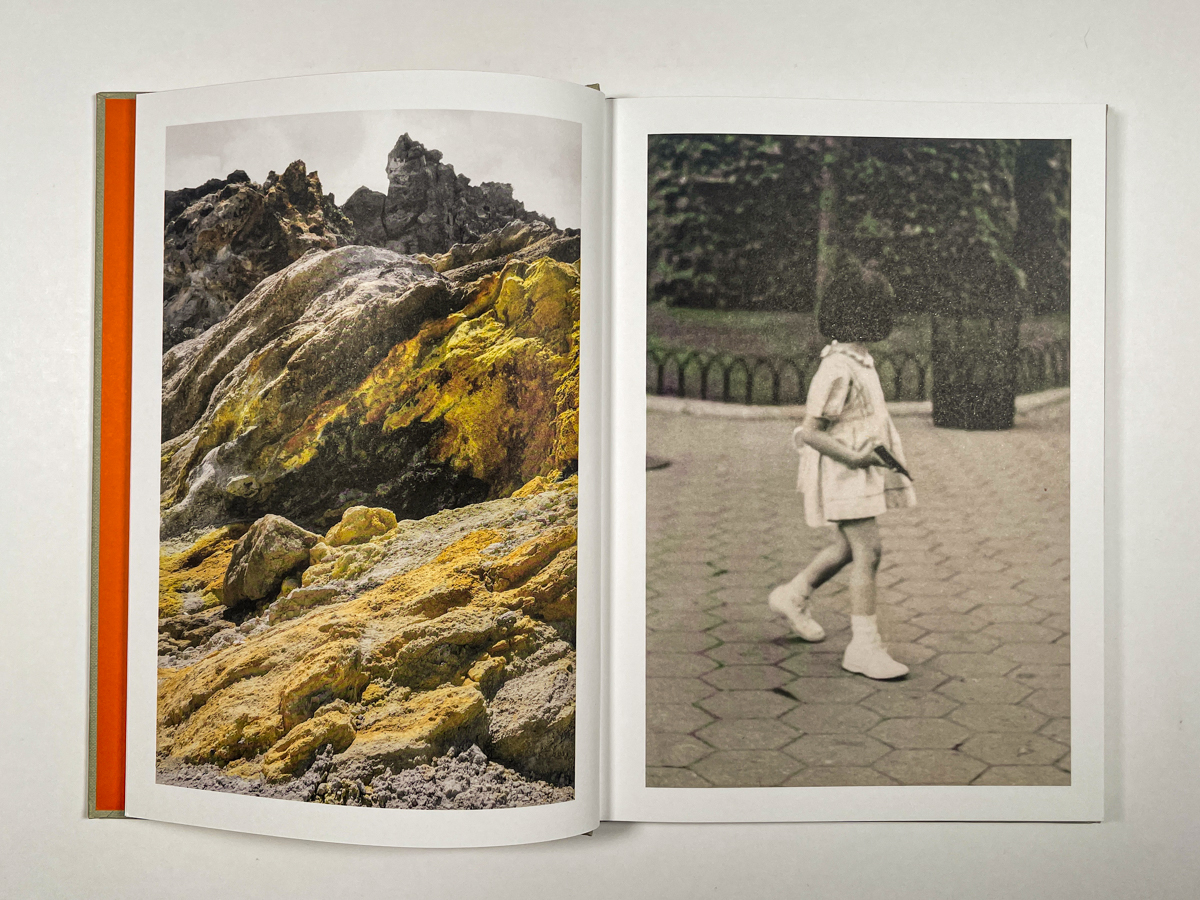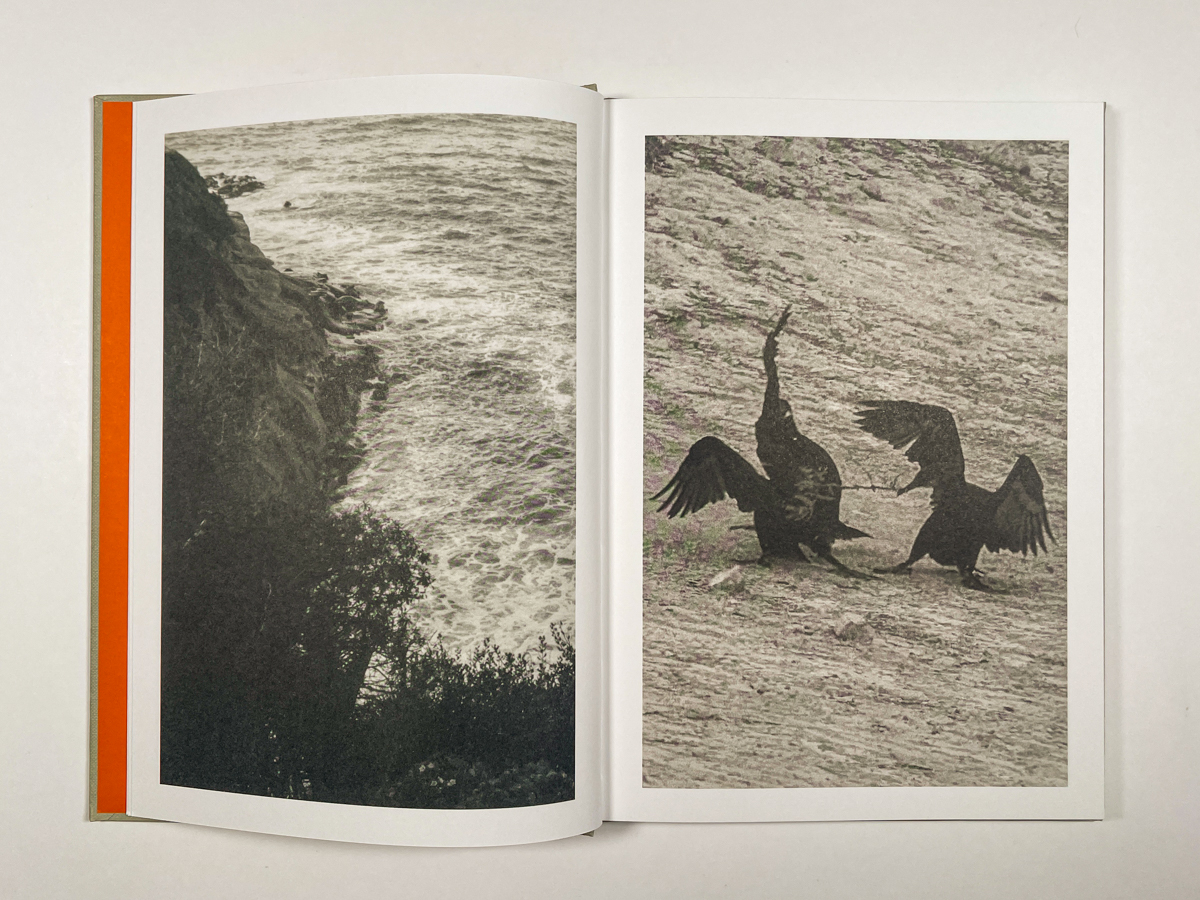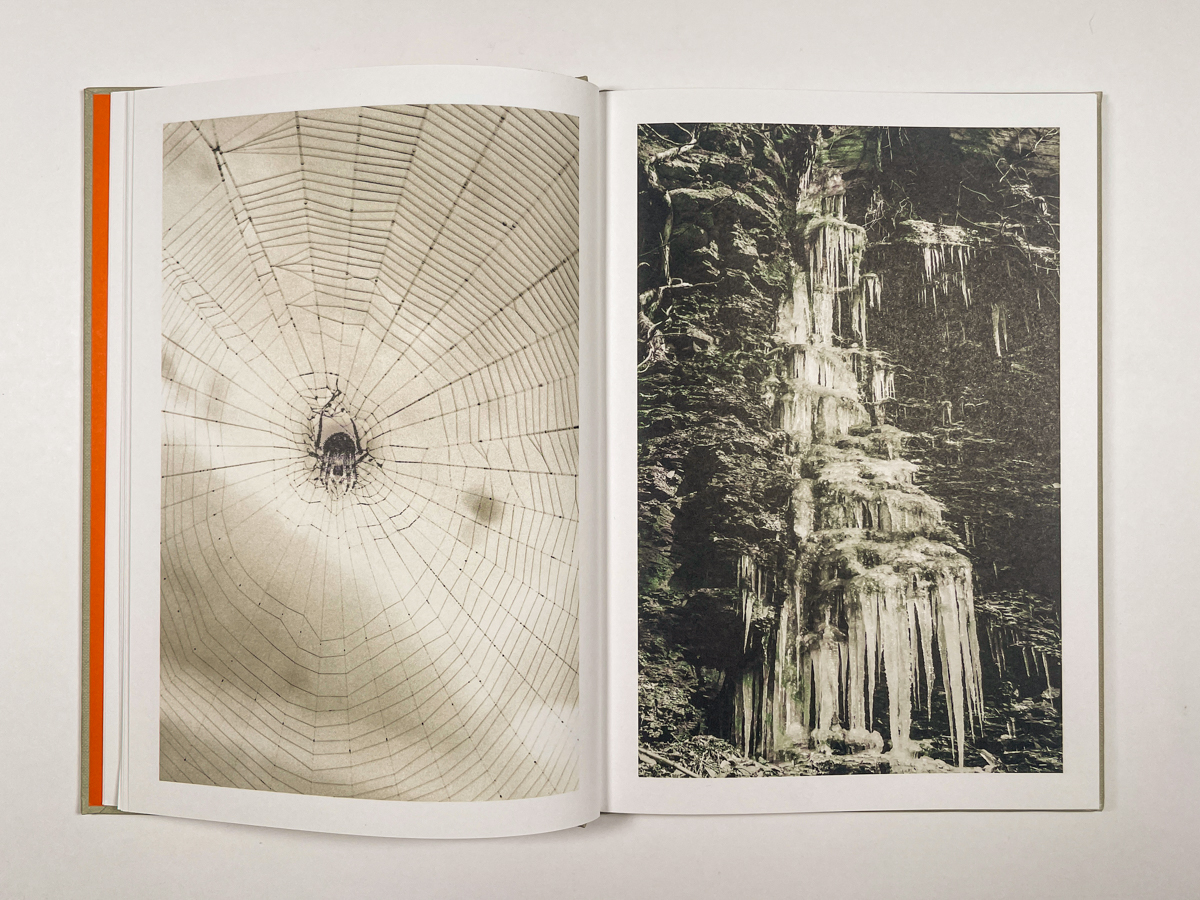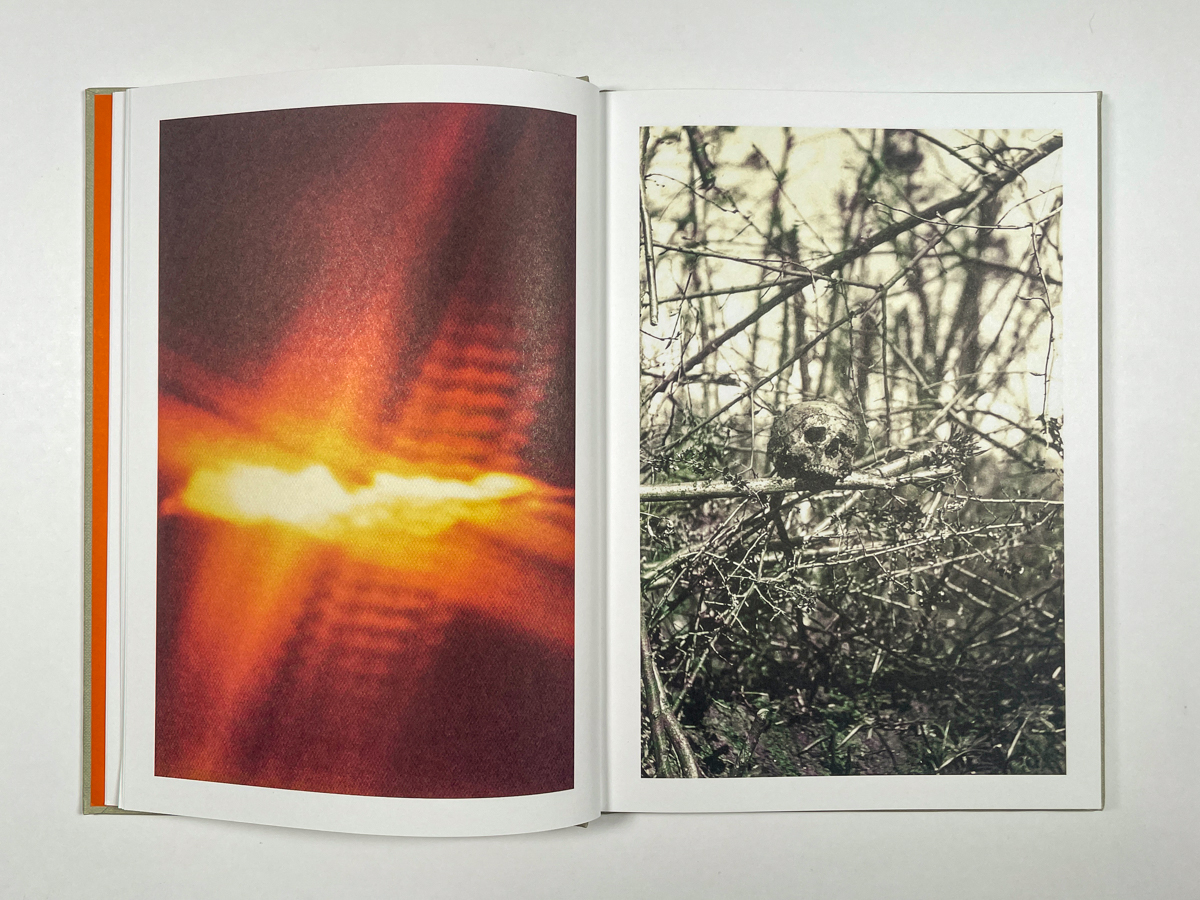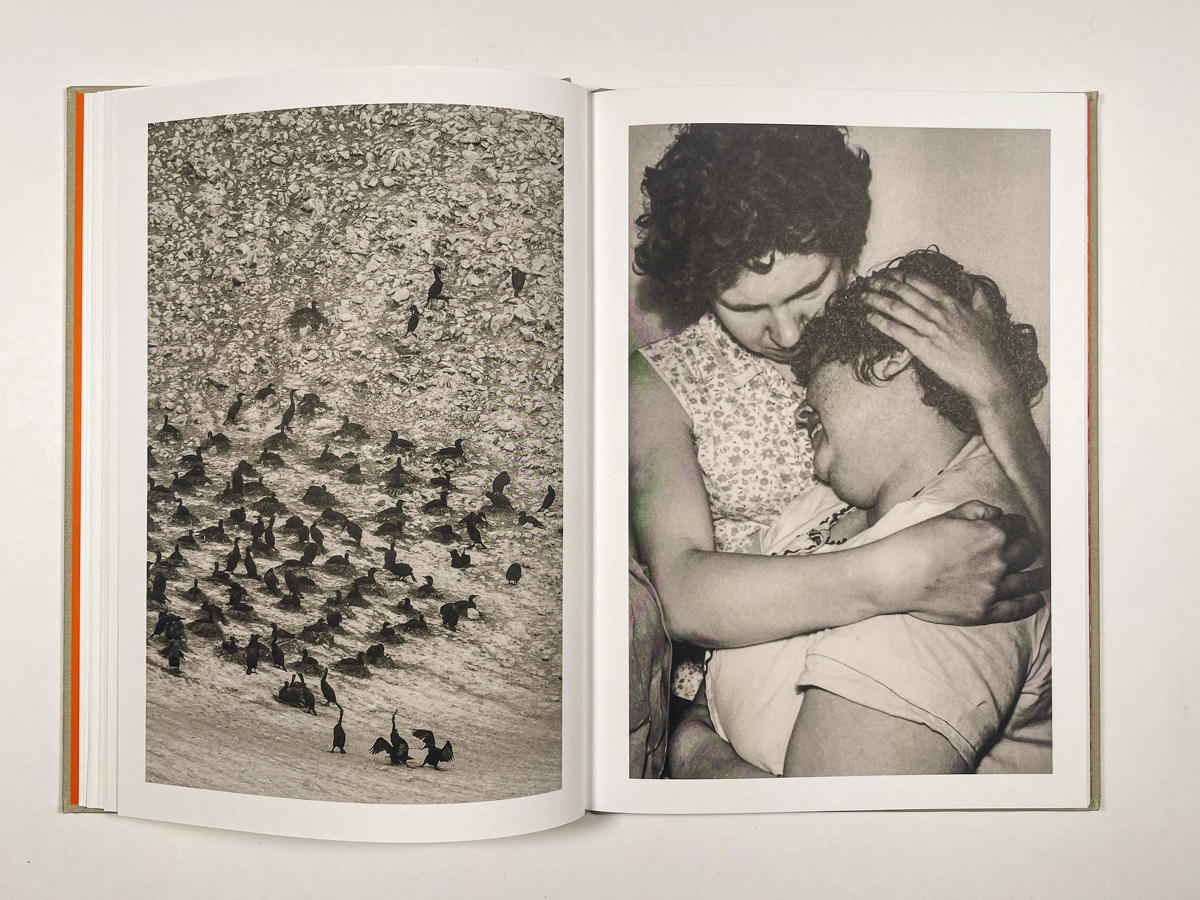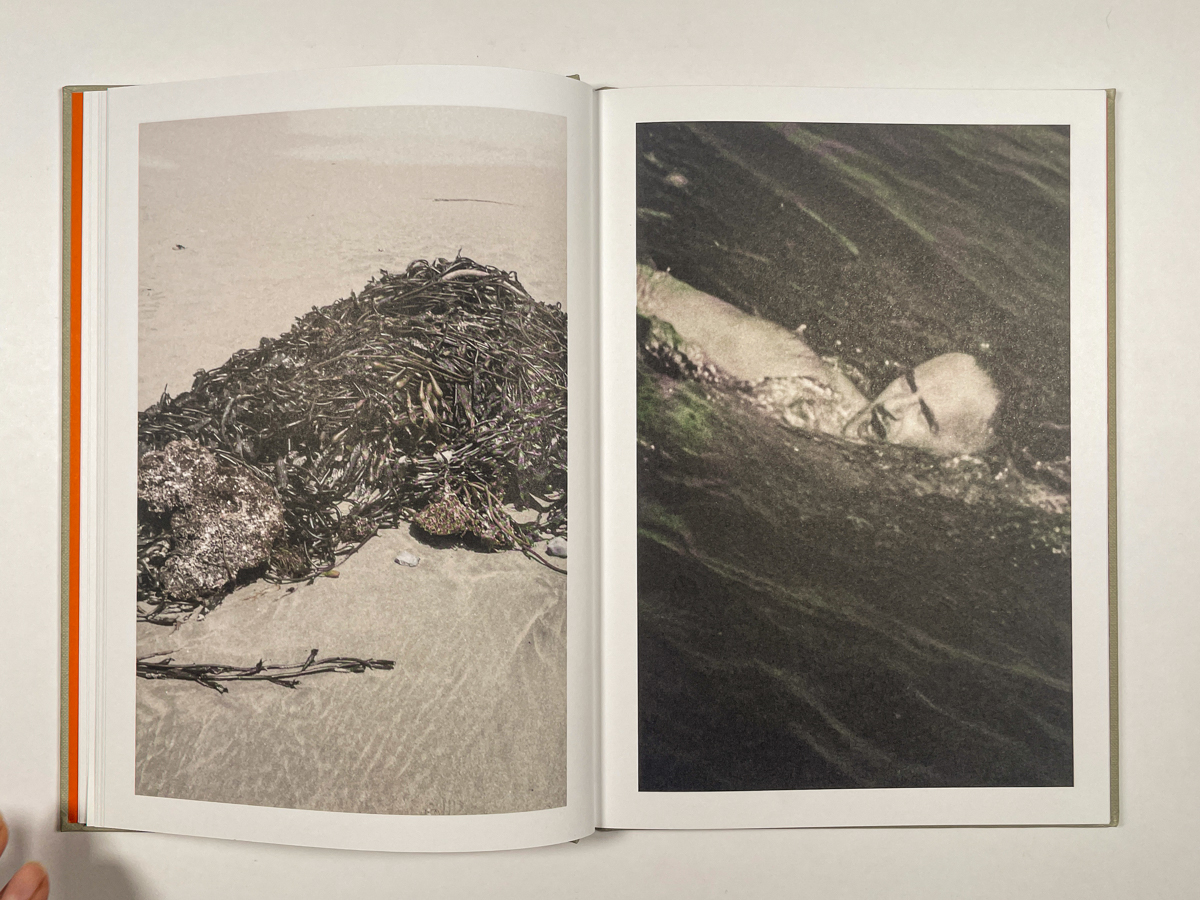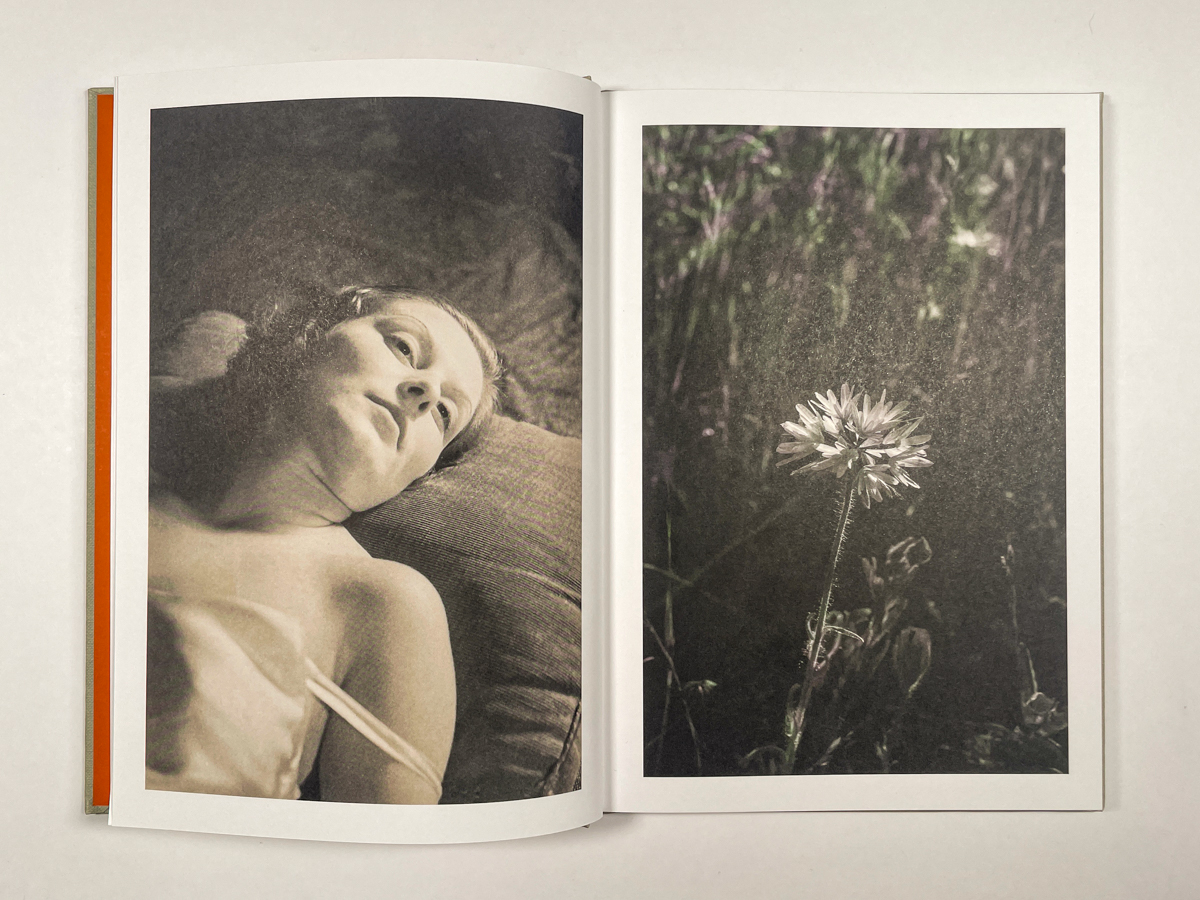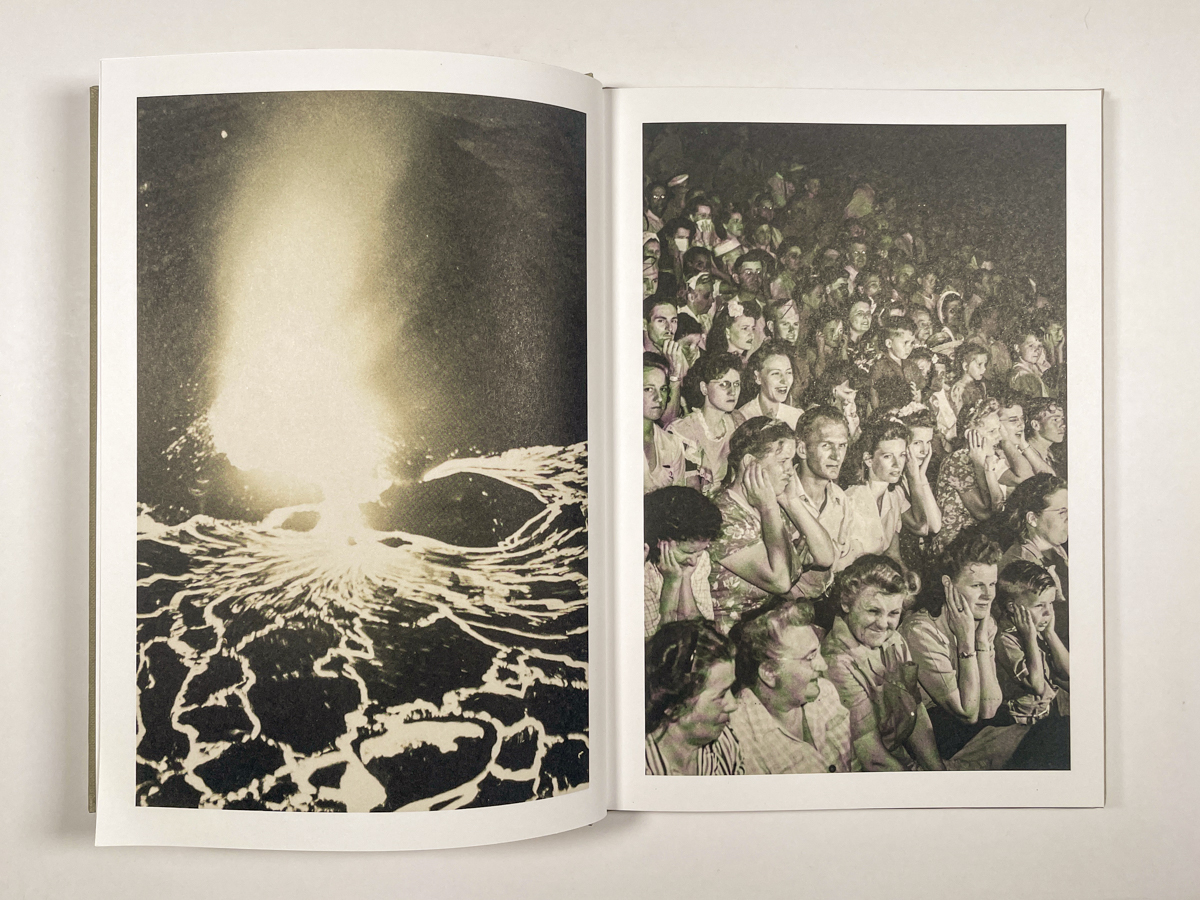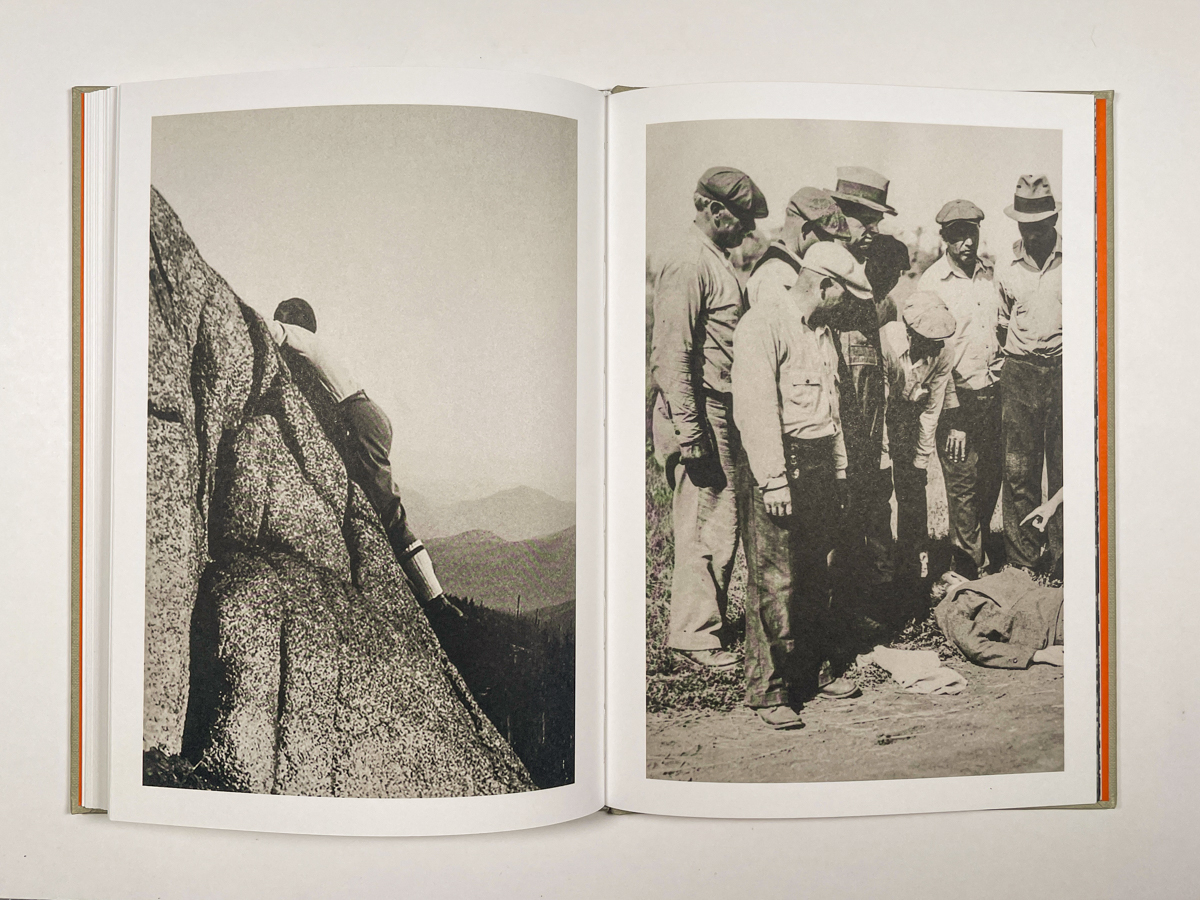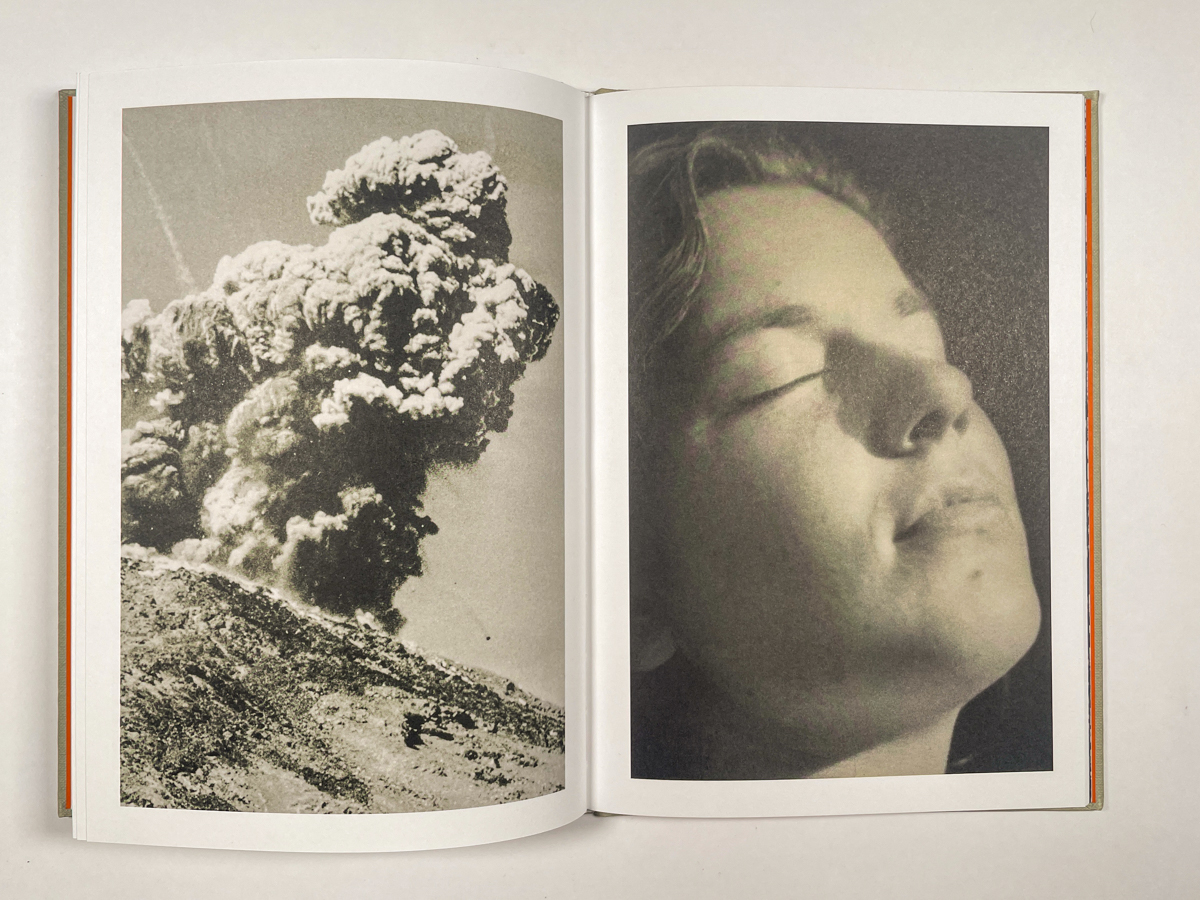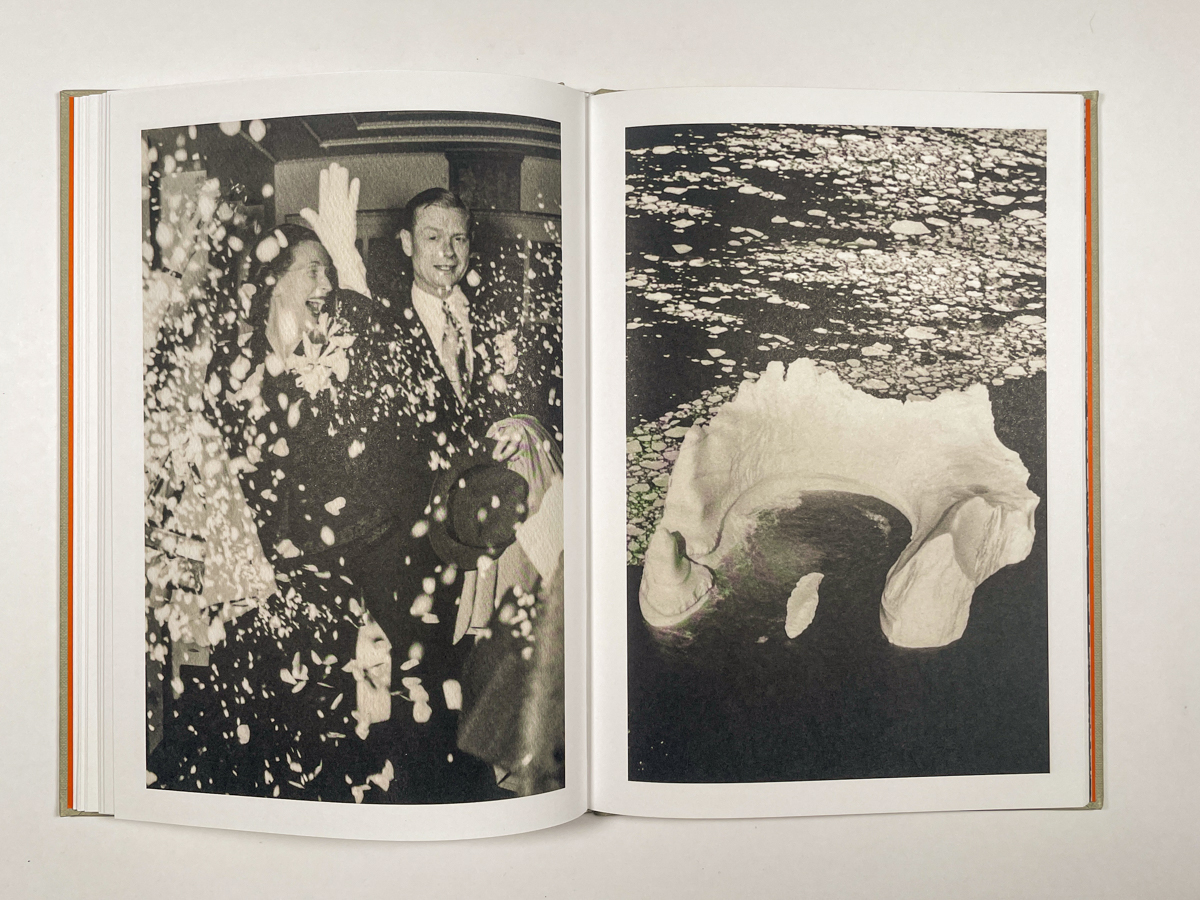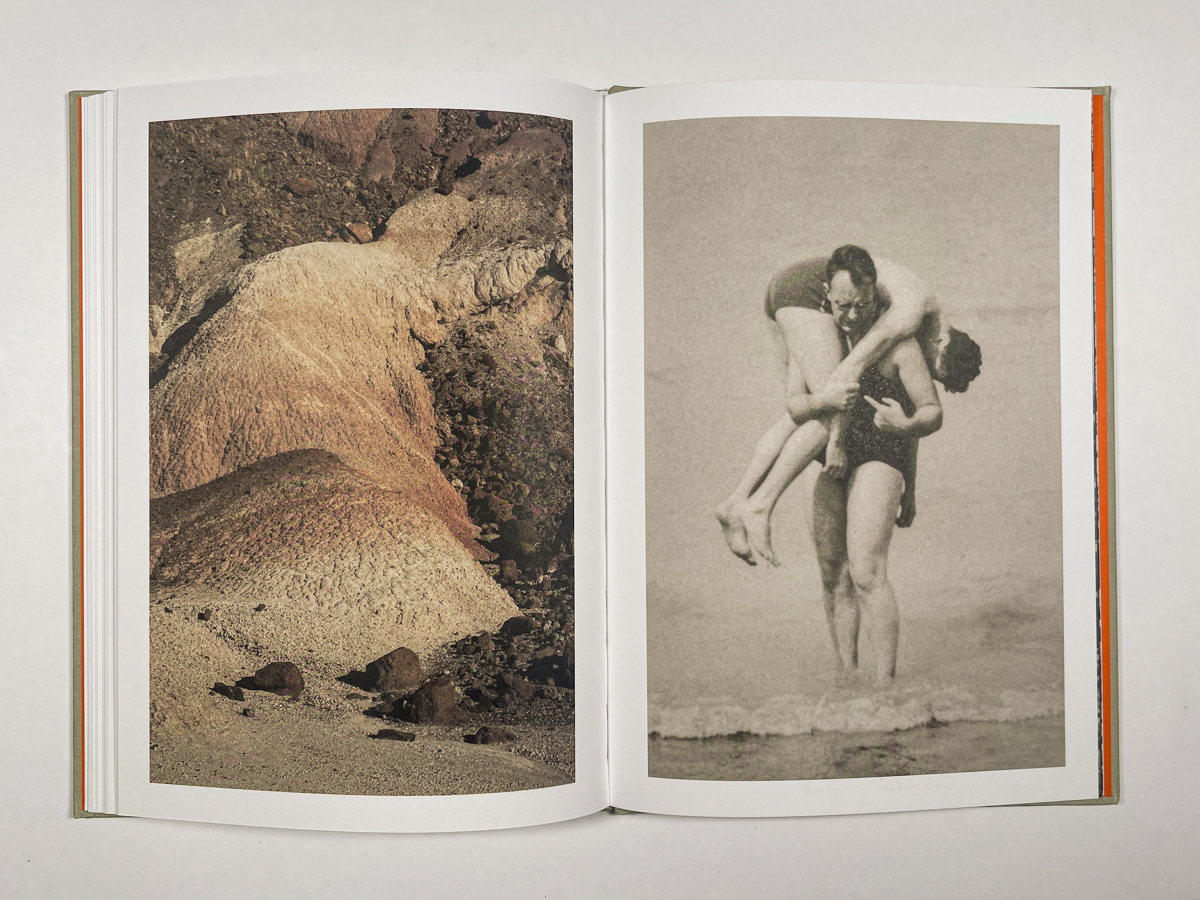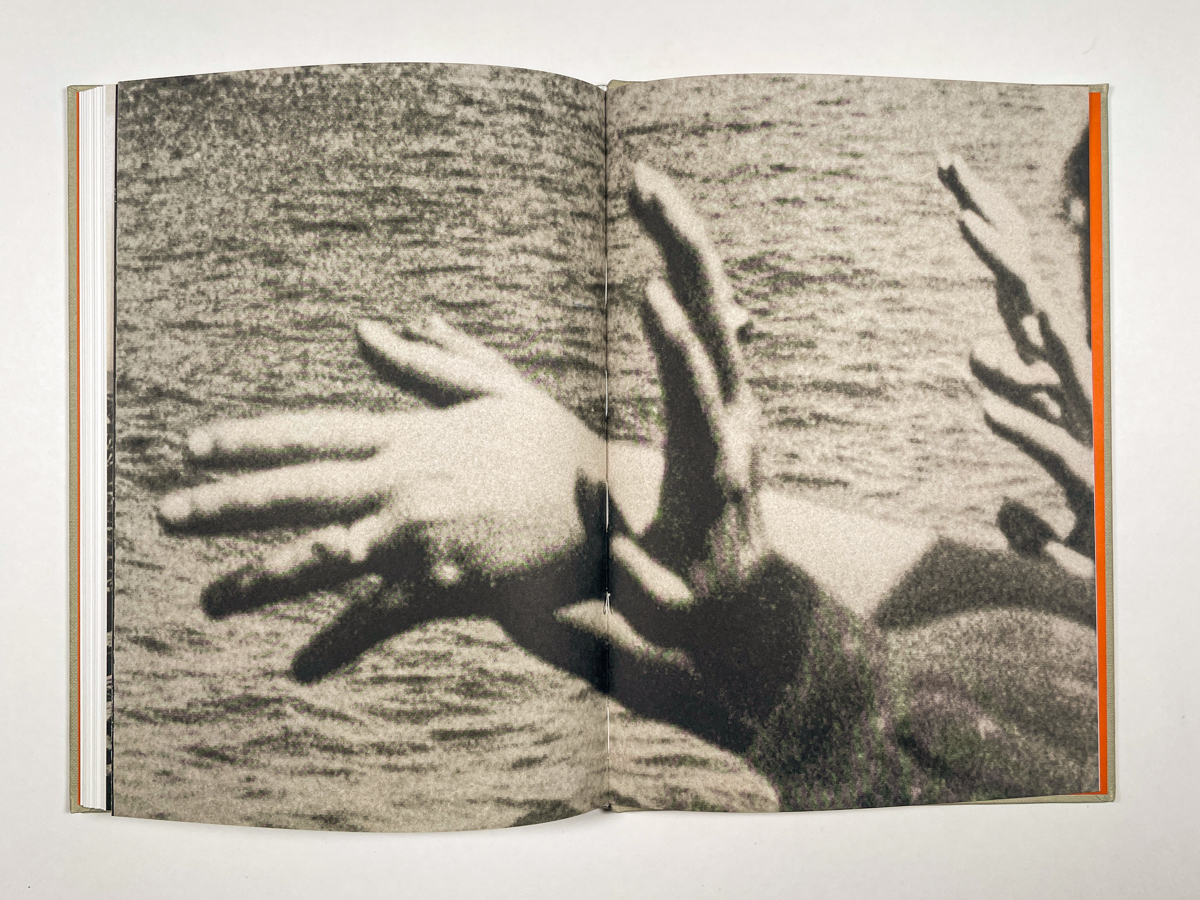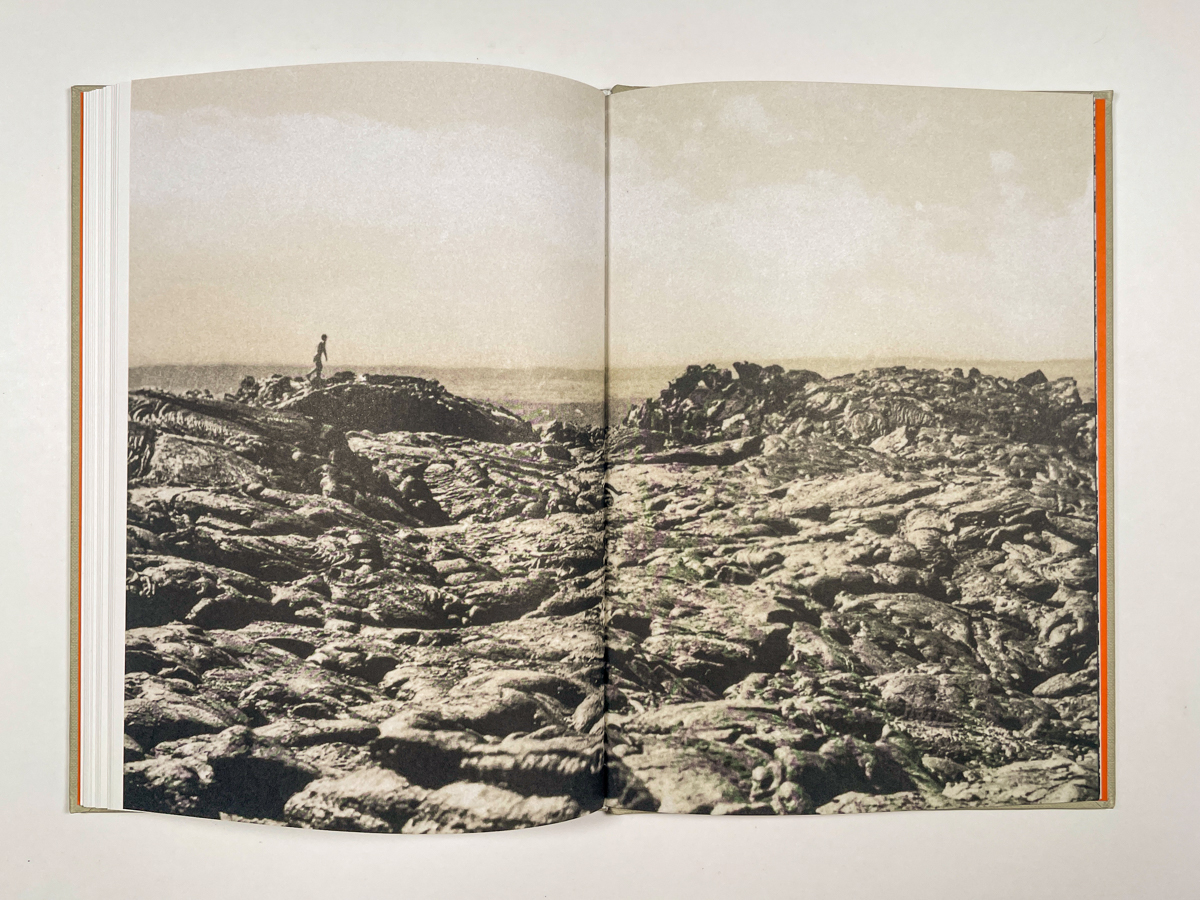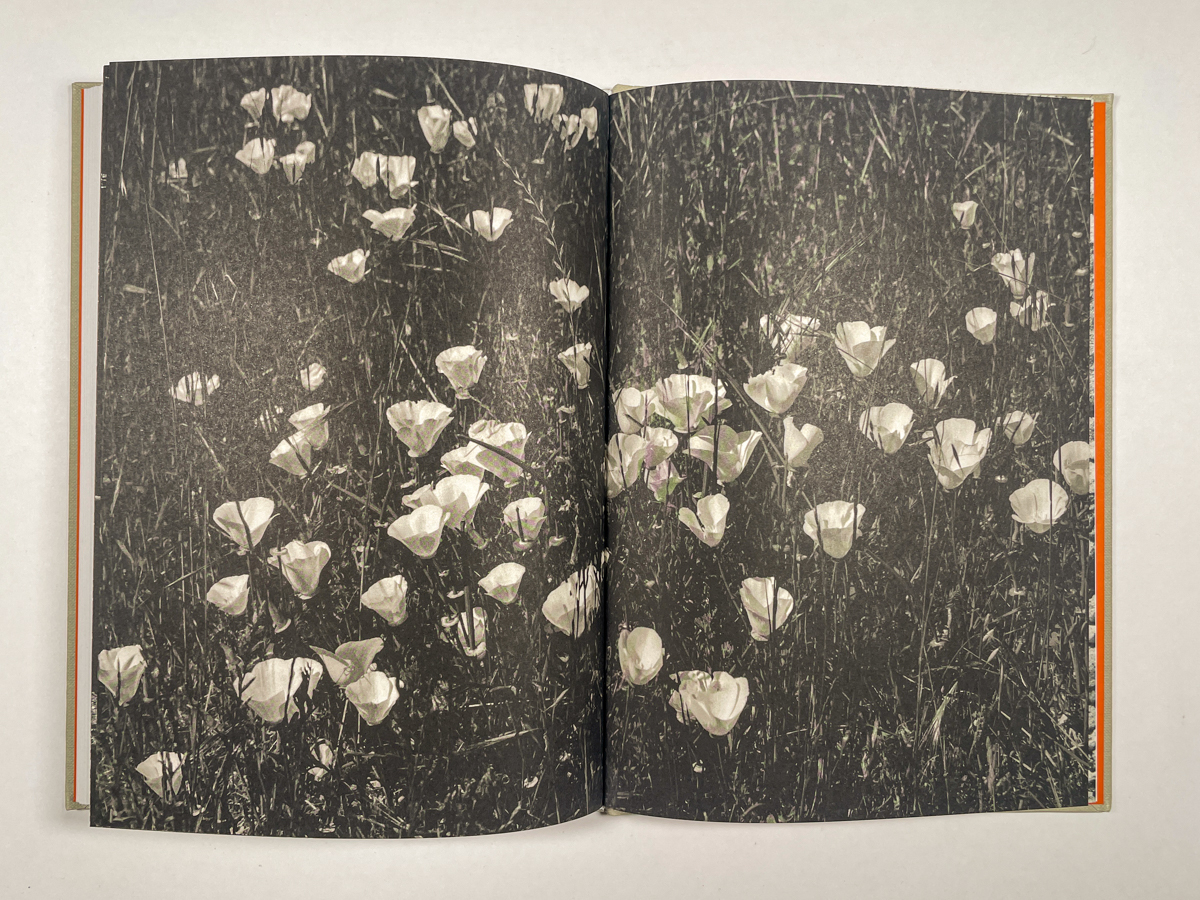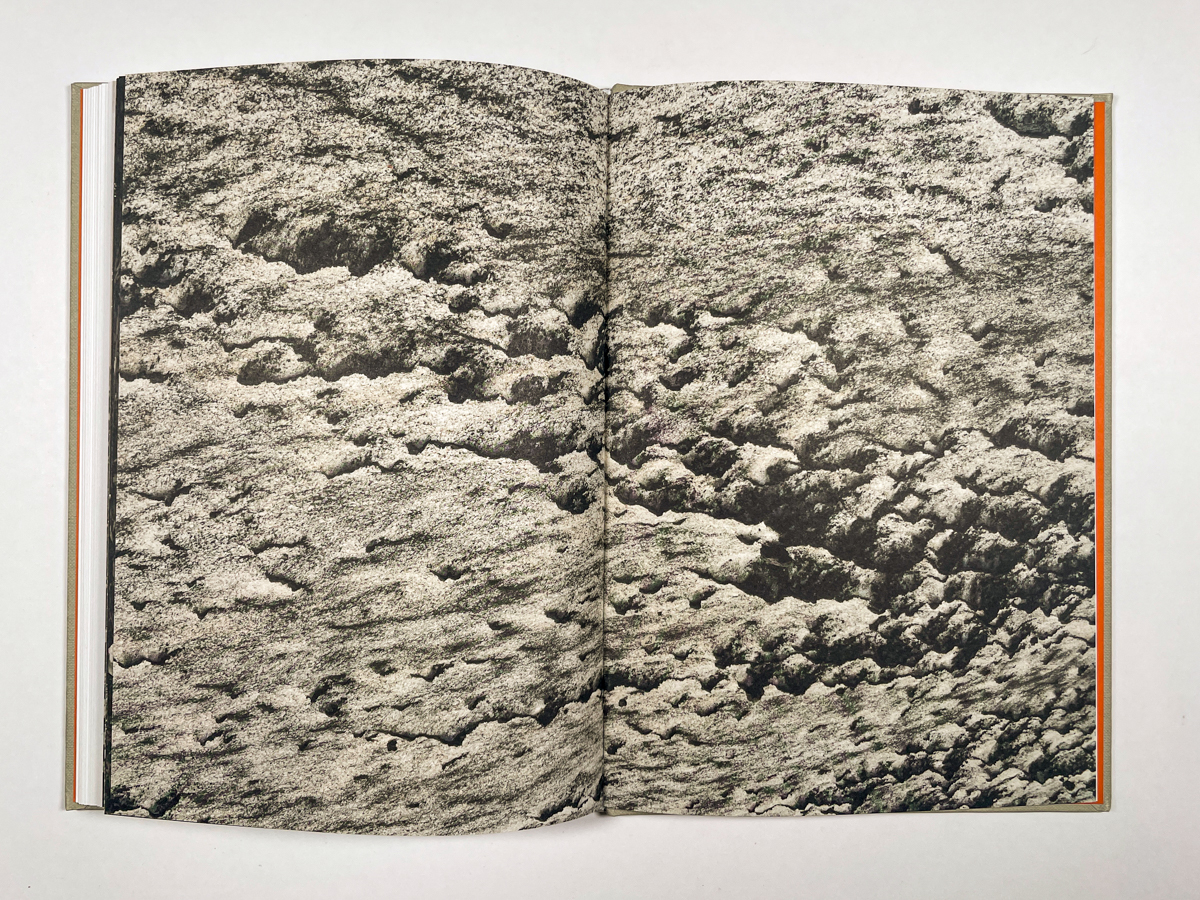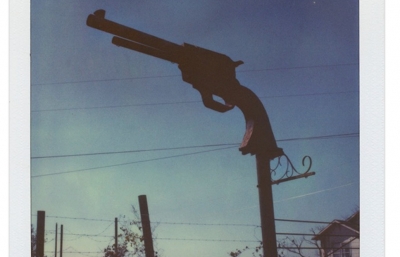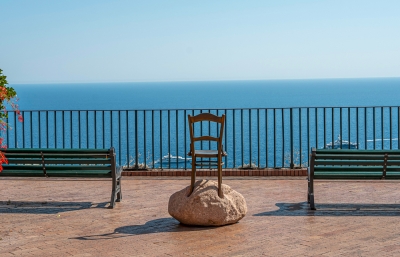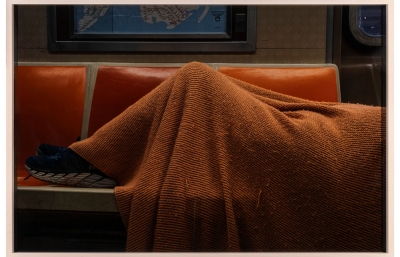"It is not until an act occurs within the landscape of the past and the future that it is a human act." —Ursula K. Le Guin
Published in 1948, Shirley Jackson's arresting short story "The Lottery" stunned readers with its depictions of depraved conformity and shocking cruelty. How were scenarios so disturbing so eerily conceivable? The story’s enduring relevance lies both in the gut reactions it triggered, as well as its elusive resolution, which invites ambiguity rather than a sermonizing interpretation. For many, it was an allegory for all-too-recent horrors and the menacing clouds of uncertainty enveloping its post-WWII era. Yet, it has persisted as a parable about the darkest aspects of human behavior—a portent of probable future horrors, and a witness to the inevitable shadows that loom.
In Melissa Catanese's photobook of the same name, which she began in 2016 and published this year, pressures bubble up from below, some clearly bursting forth, others unseen, simmer, volatile potentials lingering in tortuous suspense. These tenuous environments and transient landscapes are interspersed with moments of sentience, disparate elements that converge to visceral effect. “It’s disjointed, it’s fragmented, there is this kind of anti-lyricism,” she says, “but I want that dissonance to feel intentional, to have a strong feeling. I gravitate towards metaphor and cliche because I want it to be open-ended, I want you to experience it in your own way.” Working from vast archives of anonymous vernacular images, Catanese seamlessly embeds her own photographs alongside those she finds, freeing them from their original contexts and obscuring ideas of authorship. She molds the present out of the past, and in doing so conjures the future.
We wander through time collecting moments that feel a certain kind of way. In each moment is a potential for meaning, and it’s within that space where photography thrives. Sensitive to nurturing that potential and ensuring it remains intact, Catanese responds to and makes photographs intuitively, trusting in feelings that arise from the gut and decisions that materialize unconsciously. Guided by her decisions, the viewer inevitably projects personal experience upon the work, responding to their own intuitions and unconscious connections. These feelings, and all feelings, are our superpower—primal ingredients with the potential to transform a uniquely individual experience into a timeless human one, the mutable components of connection.
Time is blurry, it’s not always within the photographer’s control. Sometimes things click into focus, and other times they’re a little harder to discern. A moment is never captured, never frozen, but seen, held, collected, and watched. “Images are shape-shifting artifacts,” says Catanese. “They change over time. They change within context, they physically change... It’s just something that is like a breeze. They breathe.” Even the images in The Lottery: repurposed, disparate feelings woven together in response to a specific moment in time, have quickly gathered new layers of meaning as the consequences of the 2016 election became wrapped in the dark clouds of a pandemic, an increasingly volatile climate, old battles, and new wars. Novel catastrophes, familiar calamities. The inevitable shadows that loom. As the past evokes the present, the future inevitably echoes the past. Nothing is a mystery and so everything is. —Alex Nicholson
The Lottery is available via The Ice Plant in the US and Witty Books in the UK.
---
This article was originally published in our FALL 2023 Quarterly.

